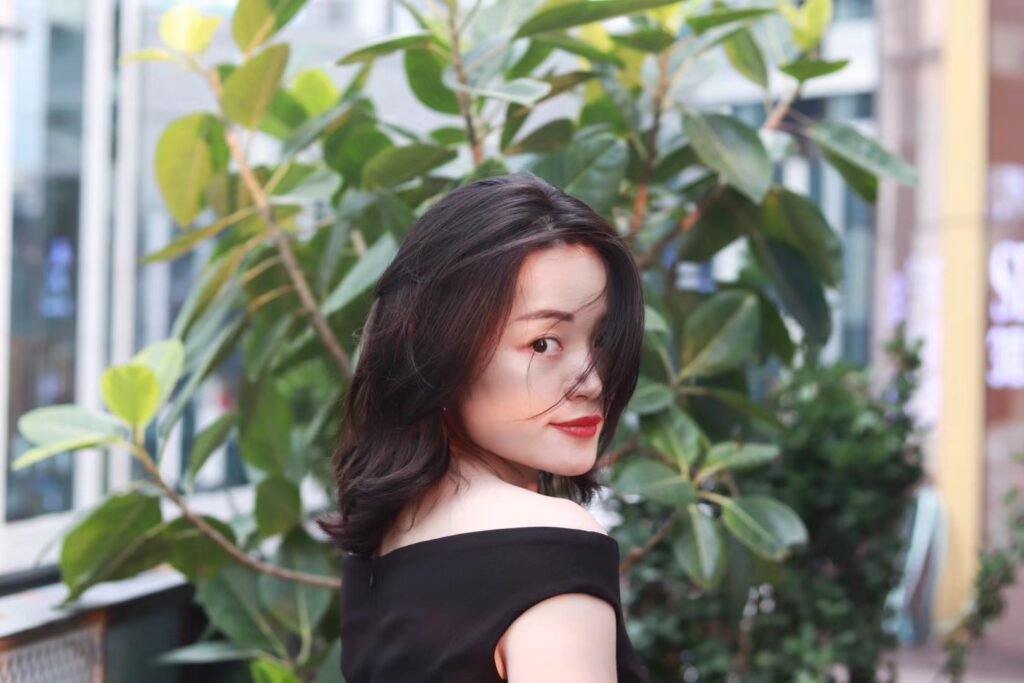How to Make an Abstract Ideal Perceptible to the World
I. A Brand’s Worldview Is Its Way of Seeing the World
What makes a brand truly moving isn’t its products or its campaigns — it’s its way of seeing the world.
This is what I call perceptual logic: the quiet system behind how a brand senses time, emotion, nature, and human connection.
When I began creating UMFD, I didn’t start with a business plan. I started with a question: If scent were a language, what kind of world would it describe?
The answer slowly became a worldview — not a slogan, not a “brand story,” but a living belief system.
A worldview is what allows a brand to be seen, heard, and felt as something coherent and alive.
At its core, a brand worldview defines a framework of perception.
It answers three simple but existential questions:
- What does the brand believe in? (Values)
- How does it express that belief? (Aesthetics)
- How does it wish to change the world, even in the smallest way? (Emotion)
These aren’t statements you write; they’re patterns you live.
Once they align, a brand stops behaving like a company — it starts breathing like a consciousness.
II. The Three Dimensions of a Brand Worldview
When I build a worldview for a brand — whether mine or a client’s — I work from three dimensions: philosophy, sensory design, and language.
1. The Philosophical Dimension: Defining How You Exist
Philosophy is a brand’s soul coordinate. It doesn’t need to be complex — but it must reveal a distinctive way of being.
UMFD’s philosophy is the resonance between music and scent.
It expresses a belief that the world is not merely seen, but felt.
This single idea guides everything — from our refusal of heavy ornamentation to our preference for rhythm, light, and space.
It gives our work emotional gravity without excess.
2. The Sensory Dimension: Making Philosophy Tangible
A worldview must be perceivable — you should be able to see it, smell it, and feel it.
At UMFD, we design through a “palette of scent and light.”
Each fragrance translates an emotional climate:
Snowing Blossom holds the calm purity of winter light.
Unique Mood for Dancing is freedom in motion.
Barefoot on the Rainbow hums with artistic joy.
Awakening Green breathes the wet rhythm of new life.
These are not product lines; they are temperature zones of a single world — emotional coordinates in the same sensory map.
3. The Linguistic Dimension: Giving the World a Voice
Even the most intricate philosophy is invisible without language.
At UMFD, our language is not marketing copy — it is poetry written for the air.
We speak in rhythm and resonance:
“Air is the second skin.”
“Scent gives space its warmth.”
“You can hear the rhythm of smell.”
These are not slogans; they are tone.
And tone, when consistent, becomes identity.
When philosophy, sensory experience, and language form a self-consistent whole, a brand gains structure — like an ecosystem with its own climate, temperature, and emotional gravity.
III. From Ideal to Engine: When Worldview Drives Business
In today’s market, a worldview isn’t a decorative concept — it’s a commercial engine.
It creates continuity, coherence, and the kind of emotional gravity that trends can’t erode.
UMFD’s worldview doesn’t make our products look more “premium.”
It gives the brand a direction to breathe toward.
Because of that, every decision aligns naturally:
Our visuals follow the rhythm of scent, not the pulse of social trends.
Our storytelling expands the feeling of resonance rather than chasing relevance.
Our sales conversations don’t sell a function — they invite people into a sensory world.
A strong worldview transforms the act of buying into the act of belonging.
People don’t purchase the brand — they enter it.
That is when a brand ceases to be a business name and becomes a lived belief.
IV. The Tender Core of a Worldview
Despite its philosophical tone, building a worldview is not a grand strategy — it’s a gentle act.
It begins with emotion, not ambition.
With a quiet question: What do I wish this world could feel a little more of?
UMFD was born from the desire to help people smell life again, to rediscover how air, light, and mood can hum in resonance.
It wasn’t a business objective; it was a human longing.
When a brand stays true to that longing, it doesn’t need to convince the world.
The world will gravitate toward it naturally.
Because in the end, a worldview isn’t a theory — it’s an attitude:
To believe.
To resonate.
To create.
To turn perception into faith, and faith into style.
Epilogue
A worldview is a brand’s softest yet sharpest force.
It doesn’t shout, yet it changes language.
It doesn’t follow trends, yet it becomes the rhythm of an era.
And perhaps that’s what Amanda’s worldview truly is, structured yet poetic, rational yet warm,
like a fragrance that doesn’t ned to be explained, only remembered.





